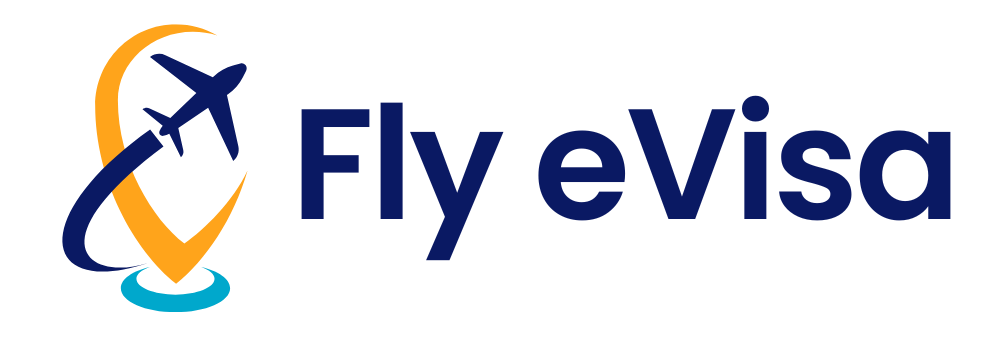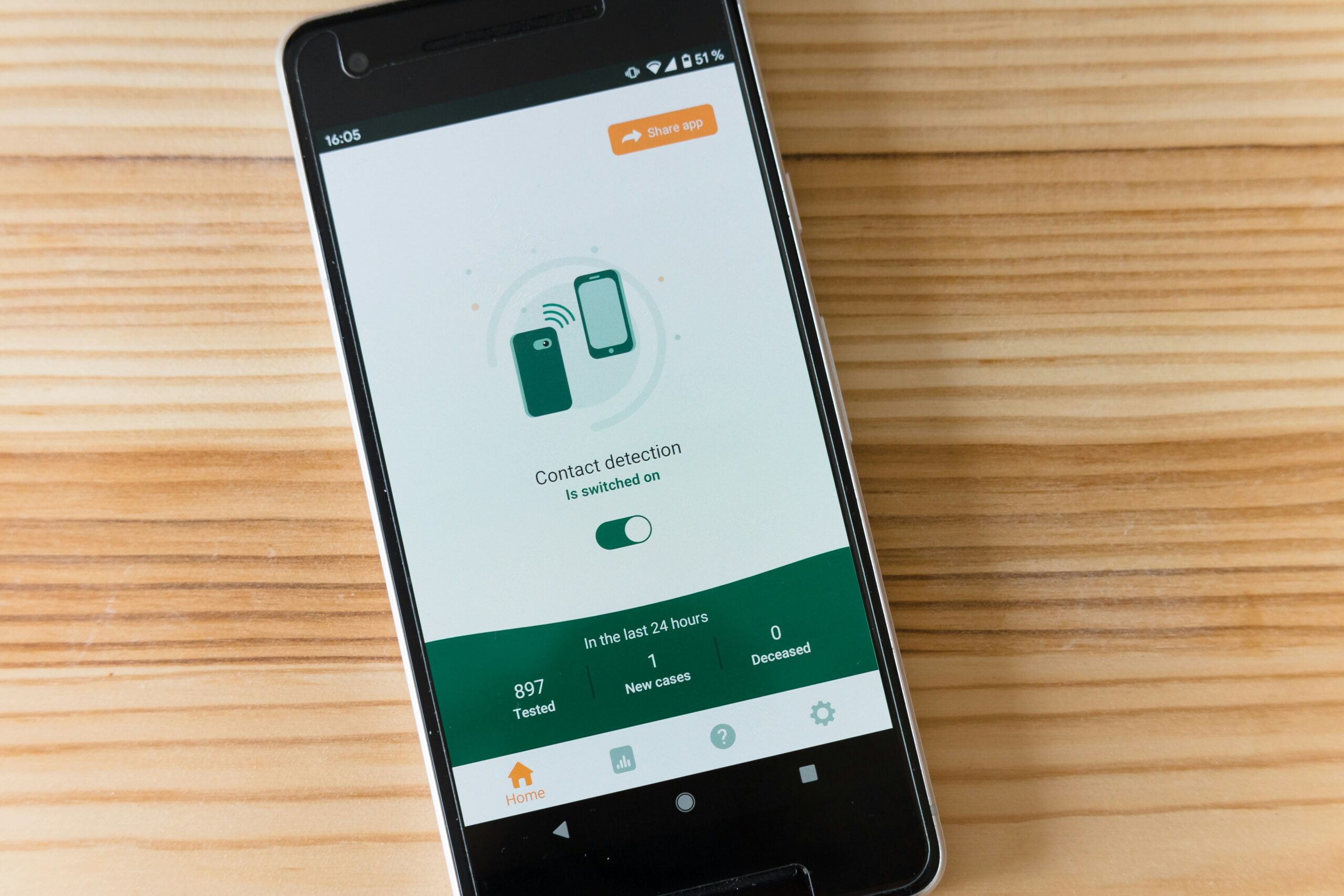Introduction to eVisa Applications
An electronic visa, commonly referred to as an eVisa, is a digital travel authorization that allows individuals to enter a foreign country for tourism, business, or transit purposes. The eVisa application process has gained popularity due to its convenience and efficiency, eliminating the need for traditional paper-based visa applications. This modern approach to securing travel permissions enables applicants to complete the necessary paperwork online, streamlining the entire process.
The advantages of eVisas are numerous. Firstly, applying for an eVisa typically requires less time than a regular visa application, as applicants can fill out forms electronically and submit supporting documents digitally. Moreover, many countries offer expedited processing for eVisas, allowing travelers to receive their approvals within days. The online format also reduces the chances of lost paperwork and provides applicants with a tracking mechanism throughout the process, ensuring peace of mind.
However, the eVisa application process is not without its challenges. Mistakes in application forms, including typographical errors or missing information, can lead to delays or even visa denials. It is essential for applicants to understand the guidelines and requirements set by the respective immigration authorities. Attention to detail is crucial, as even minor oversights can complicate or hinder one’s travel plans. Additionally, each country may have different eVisa regulations, necessitating careful research to avoid common pitfalls. In summary, getting the eVisa application right is vital for ensuring a smooth and hassle-free travel experience. Therefore, prospective travelers should familiarize themselves with the necessary procedures and common mistakes to avoid in the eVisa application process.
Mistake 1: Incorrect Personal Information
When applying for an eVisa, one of the most critical errors applicants make is entering incorrect personal information. This issue often arises from simple typing mistakes or discrepancies between the information provided on the application and the details found in the applicant’s passport. Such errors can lead to significant delays in obtaining the eVisa or, worse, a denial of entry upon arrival at the destination country.
Common pitfalls include misspellings of names, wrong dates of birth, and incorrect passport numbers. For instance, if an applicant types their name as “John Smith” instead of “Jon Smith,” this mismatch can lead to verification issues during the immigration process. Additionally, travelers sometimes overlook the importance of ensuring that the information is consistent across all forms of identification, which can result in confusion for immigration officers trying to validate the applicant’s credentials.
To mitigate this risk, it is crucial for applicants to meticulously review their personal information before submitting the eVisa application. This means referencing the passport and cross-checking every detail entered in the application form. Utilizing a checklist can be an effective way to ensure accuracy; applicants can list key details like name, date of birth, nationality, and passport number. Furthermore, having a second pair of eyes review the application can also help catch any inaccuracies or typographical errors that might have been missed initially.
In essence, the importance of providing accurate and consistent personal information in an eVisa application cannot be overstated. By taking the time to verify the information against official documents, travelers can avoid potential complications and ensure a smoother travel experience.
Mistake 2: Providing Poor Quality Documents
When applying for an eVisa, the quality of the documents submitted is crucial to the success of the application. Poor quality, unclear, or blurry scanned documents and photographs can lead to significant complications, including application delays and potential rejections. Visa authorities require clear and legible materials to assess an applicant’s credentials accurately. Insufficient clarity can raise questions about the authenticity of the documents, ultimately jeopardizing the entire application process.
One of the most common issues arises when applicants use their smartphones or low-resolution cameras to capture images of important documents. This can result in photographs that do not meet the required standards. To avoid pitfalls linked to low-quality submissions, it is advisable to utilize a high-resolution scanner or a camera with good capabilities. When taking photographs, natural lighting is also important as it enhances visibility and reduces shadows. It is advisable to place documents on a flat surface to ensure they are evenly lit and that details are easily readable.
Moreover, applicants should pay close attention to the background when taking photographs. A clutter-free, neutral backdrop allows documents to stand out, making it easier for officials to verify information. Only the necessary elements should be included in the photo to prevent confusion. Additionally, before submission, always review the images to ensure clarity; a quick assessment can identify issues that might not be apparent at first glance.
By taking these steps and ensuring all documents are of high quality, applicants can significantly reduce the risk of delays or rejections associated with their eVisa applications. Prioritizing the clarity and legibility of documents is an essential practice for a smoother application experience.
Mistake 3: Forgetting to Check Eligibility
One of the key missteps individuals make when applying for an eVisa is neglecting to check their eligibility. Not every nationality qualifies for an eVisa for every country; this crucial detail can lead to significant inconveniences, including wasted time and resources. Consequently, travelers should take a proactive approach to understanding the eligibility requirements specific to their nationality before submitting an application.
Before initiating the application process, it is essential to visit the official government or immigration website of the destination country. These platforms typically provide comprehensive eligibility guidelines, listing which nationalities are eligible for an eVisa and outlining the specific conditions that must be met. Failure to adhere to these guidelines can result in the immediate rejection of an application, which may incur additional fees or delays when reapplying.
In addition to verifying nationality-specific eligibility, applicants should also consider any supplementary requirements that may apply. Some countries might impose restrictions based on the purpose of travel, duration of stay, or previous immigration history. For example, individuals with criminal records or those who have overstayed a visa in the past might find themselves ineligible, despite their nationality being listed among the permitted applicants.
Furthermore, keeping up to date with any changes in eligibility policies, particularly in an ever-evolving landscape of international travel regulations, is fundamental. Countries may alter their eVisa regulations in response to global events, security needs, or diplomatic relations. By making a diligent effort to confirm their eligibility before beginning the application process, travelers can avoid unnecessary complications and ensure a smoother journey.
Mistake 4: Submitting Incomplete or Incorrect Documents
When applying for an eVisa, one of the most common pitfalls applicants face is submitting incomplete or incorrect documents. Each country has distinct documentation requirements for their eVisa application process, and failing to adhere to these specifications can lead to significant delays or even denial of the visa. It is imperative to thoroughly understand the precise requirements of the destination country before initiating the application process.
To circumvent the issues associated with incomplete documentation, applicants should create a comprehensive checklist of required documents. This checklist should include not only mandatory documents but also any optional documents that could bolster the application. Typical requirements often include a valid passport, recent photographs, proof of accommodation, travel itinerary, and sometimes, financial statements. Before submission, double-checking that all necessary documents are included can save applicants from unnecessary complications.
Moreover, accuracy in the details provided is crucial. Submission of incorrect documents, whether due to typographical errors in the passport number or misalignment in names, can result in application rejection. Applicants should ensure that all documents match the details of their passport precisely. It may also be beneficial to have a second set of eyes review the application, as another individual may catch errors that one might have overlooked.
Furthermore, applicants should stay informed about any updates regarding the eVisa process of their intended country. Sometimes, countries modify their requirements or procedures. Regularly checking official governmental sources can ensure that the information pertaining to the application is current.
By meticulously preparing and double-checking the submitted documents, applicants can significantly enhance the chances of a seamless eVisa application process. This diligence will greatly mitigate the risk of encountering delays or rejection, ensuring that travel plans proceed smoothly.
Mistake 5: Ignoring Application Deadlines
When applying for an eVisa, one of the most critical errors travelers can make is neglecting to consider application deadlines. Every country has its specific processing times for eVisa applications, and failure to account for these can result in significant inconveniences. Applying for an eVisa too close to the intended travel date can jeopardize your entire trip, as processing times vary and delays may occur unexpectedly.
Travelers are often unaware that some eVisa applications can take days or even weeks to process, depending on the country’s regulations and their application’s complexity. Therefore, it is essential to research and understand the typical processing times for the eVisa of the country you plan to visit. This information can usually be obtained from the official government or consulate websites. Being cognizant of these timelines will enable you to plan your application more effectively.
Moreover, factors such as public holidays, seasonal travel surges, and the accuracy of the provided information can impact the processing time. Thus, it is advisable to apply for your eVisa well in advance of your intended departure date. A general recommendation is to submit your application at least a month before travel. Not only does this provide ample time for processing, but it also allows for any necessary adjustments or re-submissions should issues arise.
In addition, setting a personal reminder for eVisa application deadlines can help you avoid last-minute rushes. By allocating adequate time for your application, you can significantly minimize the chances of facing travel disruptions due to processing delays. Planning ahead and being proactive can lead to a smoother travel experience, ensuring that your eVisa application aligns well with your plans.
Mistake 6: Providing Inaccurate Travel Plans
When applying for an eVisa, one of the most critical aspects is the provision of accurate travel plans. Many applicants mistakenly enter incorrect travel dates or fail to provide complete details of their intended accommodations. Such inaccuracies can lead to significant delays in the processing of the eVisa or, in some cases, outright rejection of the application. Providing precise travel information is not only a requirement but also assists immigration authorities in assessing the legitimacy of an applicant’s intentions.
Travel plans usually include the dates of arrival and departure, as well as details about the accommodation where applicants plan to stay. Misrepresenting the travel dates might lead to the perception of an applicant overstaying their visa. Additionally, failing to provide verified accommodation details can create doubts regarding the purpose of the visit, further complicating the application process. In an era where travel security is paramount, immigration officials often scrutinize every detail. Hence, it is crucial to present coherent and accurate travel information.
To avoid common pitfalls, applicants should double-check their travel itinerary before submission. It may be beneficial to book accommodations ahead of time, as this will facilitate the provision of accurate evidence if required during the eVisa application process. Utilizing reliable travel booking platforms can streamline this step. Furthermore, gathering all supporting documentation, which may include flight reservations and accommodation confirmations, prior to applying can enhance the credibility of the application. By adhering to these practices and ensuring accuracy in travel plans, candidates will increase their chances of securing their eVisa in a timely manner.
Mistake 7: Not Following Instructions Carefully
One of the most critical errors that applicants make when applying for an eVisa is neglecting to follow the specific instructions provided in the application process. Each eVisa application typically includes a set of detailed guidelines that outline essential requirements, including photo specifications, document formats, and the manner in which the application form should be completed.
Ignoring these instructions can ultimately lead to a rejection of the application. For instance, many countries stipulate particular dimensions for passport-sized photographs, such as size, background color, and facial expression. Failing to adhere to these specifications could result in the photograph being deemed unacceptable, causing unnecessary delays or outright denial of the eVisa.
Similarly, different eVisa application systems may require specific file formats for supporting documents. Submitting documents in an incorrect format—such as using a JPEG file when a PDF is mandated—can lead to complications. Moreover, incomplete applications, such as not providing all requested information, can lead to automatic rejection. Hence, it is crucial for applicants to read through every instruction comprehensively and ensure that they address all requirements specified in the guidelines.
To avoid such pitfalls, it is advisable for applicants to develop a systematic approach when filling out eVisa applications. This includes carefully reviewing the instructions before beginning the application process and taking notes on the essential requirements. Furthermore, checking each component against the instructions before submitting the application can help to eliminate common mistakes. By prioritizing attention to detail and ensuring compliance with all instructions, applicants can significantly enhance their chances of securing their eVisa without any issues.
Mistake 8: Failing to Review Application Before Submission
Submitting an eVisa application is a critical step in the travel process, and one common mistake that applicants often overlook is the importance of reviewing their application before submission. Rushing through the final check can lead to oversights that may incur delays, complications, or even denial of the visa. It is essential to approach the review phase with diligence and a systematic methodology to confirm that all required information is accurate and complete.
Many individuals tend to underestimate the significance of a thorough review. They may assume that once the application form is filled out, the information is automatically correct. However, this assumption can lead to various inaccuracies, such as typographical errors in personal details or inconsistencies in travel dates. Such mistakes might appear insignificant but can have substantial implications during the visa processing. Therefore, it is advisable to set aside adequate time dedicated solely to the reviewing process before submission.
A practical approach to reviewing an eVisa application includes checking each section methodically. Begin by verifying personal details such as your name, date of birth, and passport information. Following this, ensure that the travel itinerary aligns with the information provided in the application. Additionally, look at any supplementary documents that may need to be uploaded, confirming that they meet the specified requirements. It can also be beneficial to have another person review the application, as a fresh pair of eyes may catch errors that the applicant might overlook.
In ending, incorporating a structured review process can dramatically reduce the likelihood of errors in an eVisa application. By taking the time to meticulously check all information before submission, applicants can enhance their chances of a smooth application experience and successful visa acquisition.
Conclusion: Ensuring a Smooth eVisa Application Process
In conclusion, navigating the eVisa application process can often be challenging, but awareness of common mistakes can significantly enhance the likelihood of a successful outcome. Throughout this blog post, we have highlighted several frequent pitfalls that applicants encounter, such as providing inaccurate personal information, neglecting to double-check application requirements, and failing to submit the necessary documentation in a timely manner.
Addressing these issues requires a keen attention to detail and a proactive approach. It is essential for travelers to meticulously review their application before submission to ensure that all information aligns with the official requirements. Moreover, understanding the specific criteria for each country’s eVisa system can prevent unnecessary delays and complications. By familiarizing themselves with the documentation needed, applicants can gather and prepare everything in advance, thus streamlining the process.
Additionally, applicants should keep in mind the importance of adhering to deadlines, as delays can lead to missed travel opportunities. Taking the time to monitor the application process and promptly responding to any requests from the authorities can further contribute to a smooth experience. Various online resources can provide valuable insights, and utilizing these tools can serve as a safeguard against common oversights.
Ultimately, by being informed and diligent, prospective travelers can avoid the frequent mistakes associated with eVisa applications. This will not only enhance the efficiency of the process but also contribute to a more enjoyable travel experience. Embracing a proactive mindset and being meticulous in following guidelines will empower individuals to navigate the complexities of eVisa applications with confidence and ease.



